The Costumes of ‘Bob Fosse’s Dancin”: How Reid Bartelme and Harriet Jung Evoked the Choreographer’s Legacy With a Modern Touch
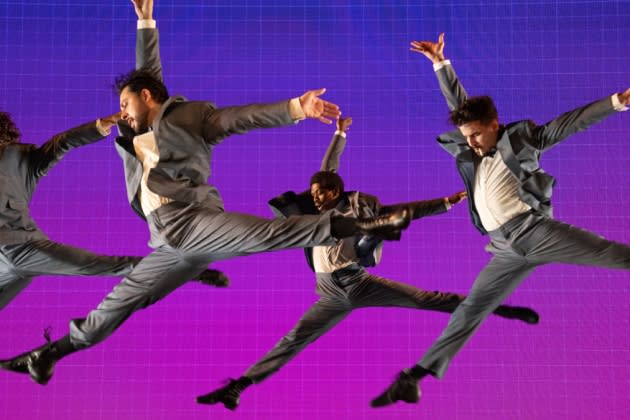
When it came time to create the more than 200 mini-skirts, sequined dresses, elegant suits and other outfits that the cast of “Bob Fosse’s Dancin'” hoofs it in, costume designers Reid Bartelme and Harriet Jung faced a big dilemma. They needed to pay tribute to the legendary choreographer’s legacy while still making something of the moment.
That meant combing through archival material from Fosse’s many shows, ranging from films like “Kiss Me Kate” and “Cabaret” to his late-period masterpieces such as “Big Deal.” But there was very little to consult when it came to the 1978 original “Dancin'” other than a few grainy videos of a Japanese production and some photos of Willa Kim’s costumes.
More from Variety
Tony Predictions: Best Play Revival - Fewer Candidates But a Surprisingly Competitive Race
Tony Predictions: Best Play -- Tom Stoppard, Pulitzer and Olivier Winners Vie for Five Spots
Tony Predictions: Best Musical Revival -- Encores! Alumni and Lush Orchestras Dominate the Field
“That turned out to be a good thing,” Bartelme says. “It freed us to invent the show for ourselves.”
Bartelme and Jung are long-time collaborators, having worked together on productions at American Ballet Theater, New York City Ballet, Miami CIty Ballet, San Francisco Ballet and Paul Taylor American Dance Theater, among others. So they know how to make costumes that glide along with the kinetic movement of dancers. But “Dancin'” marks their Broadway debut and that presented fresh challenges. Namely, this show has to be performed eight times a week for months and months whereas a ballet has a much more limited run.
“We didn’t just have to make something that moves on the body,” says Jung. “We had to make costumes that are durable. There are often two show days, where a costume needs to be washed between a matinee and an evening performance. It was a huge shift and learning experience for us.”
“There are all these beautiful trousers in the show and they get holes in the knee every day,” says Bartelme. “But you just realize that you need to just get used to it and replace the knee every single performance.”
“Any time a dancer decides to slide across the stage for their final bow, I wince thinking about all the work I’m going to need to do on those pants,” says Jung.
On the eve of the Tony nominations, here are five razzle-dazzle filled looks from “Dancin.'”
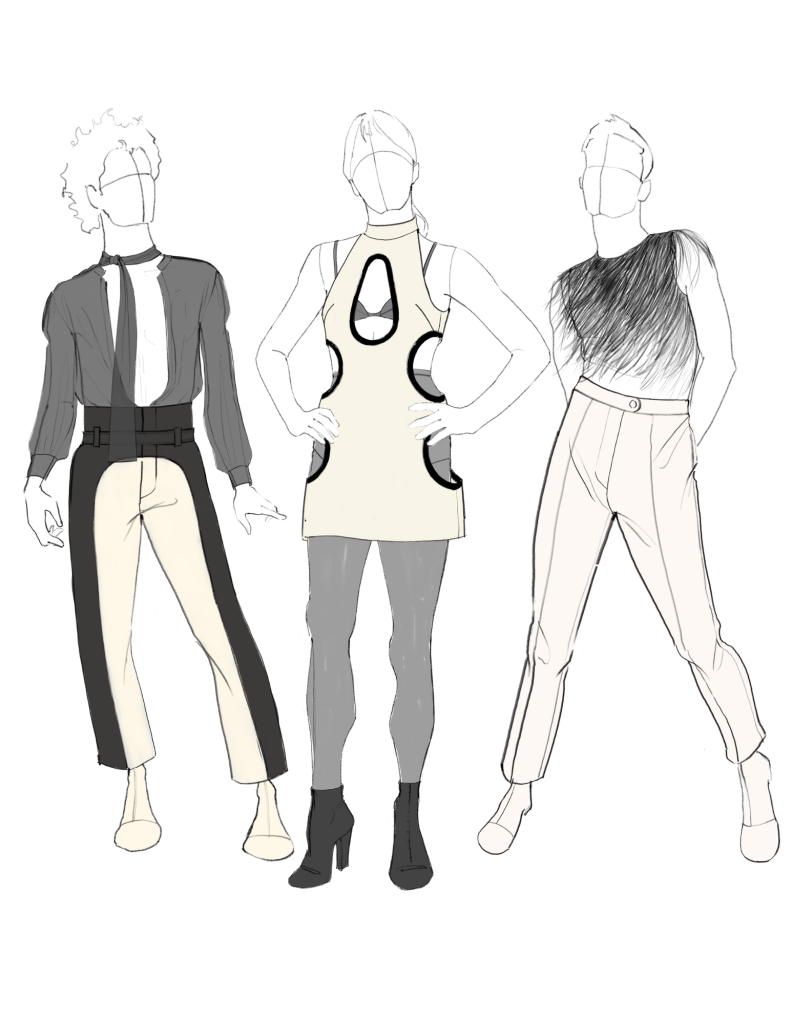
For this part of the show, dubbed “Big Noise from Winnetka,” the designers consulted the work of Pierre Cardin, who was best known for his avant-garde, Space Age style. Director Wayne Cilento (who was also a cast member from the 1978 show) told the two think about “people going to town to have a good time.”
That meant a mesh shirt, pants made of different kinds of pleathers and a neoprene dress. “The goal here was just to have some fun, sexy looks,” says Bartelme.
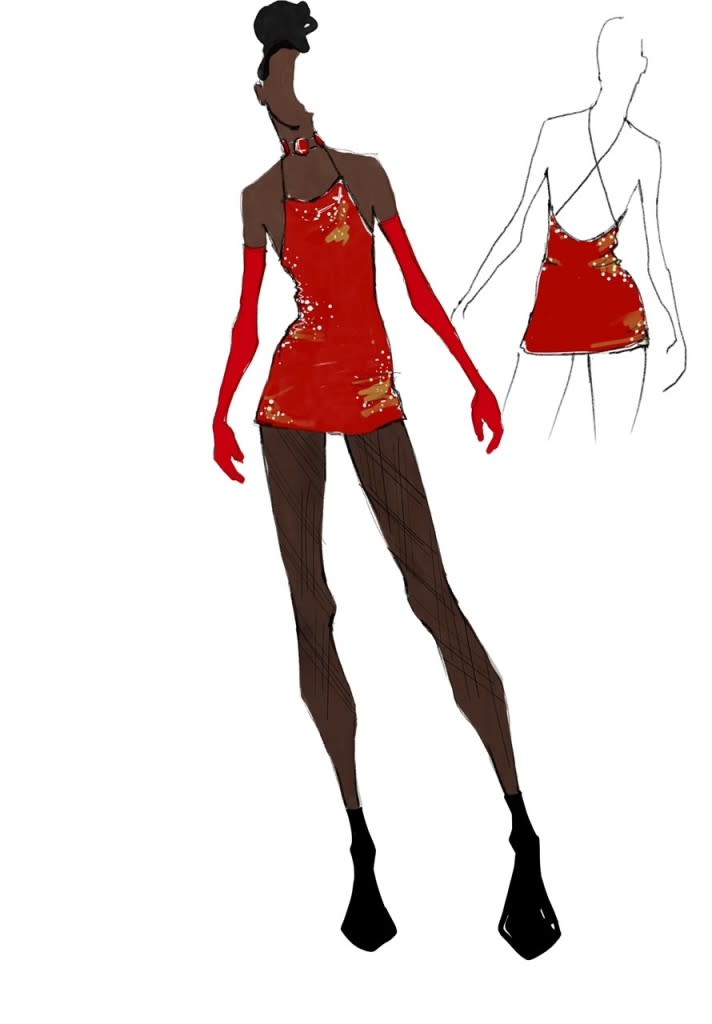
This sparkling miniskirt appears as the company does a dance number, “Rich Man’s Frug,” that involved a lot of dramatic arm movements. Patent pleather opera gloves are used here to highlight the performer’s arms as she delivers a drink in the sequence. “We wanted her to really pop,” says Jung.
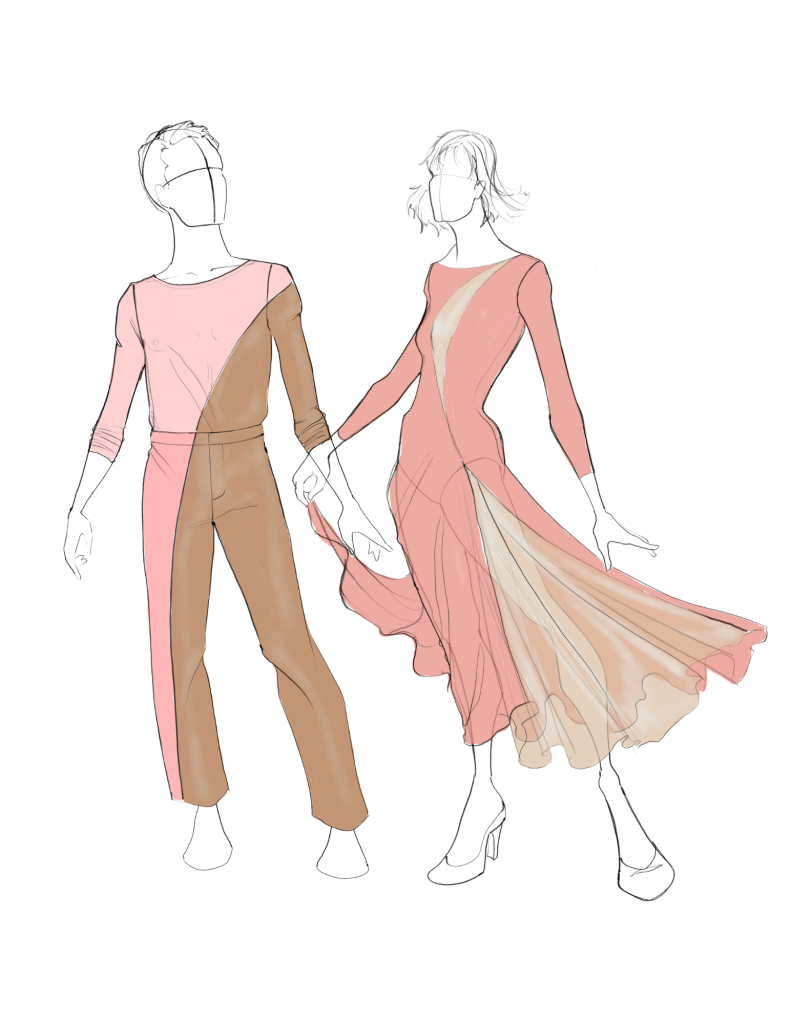
The 1953 film “Kiss Me Kate” provide the palate for these costumes, which are used in a sequence called “Romantic Fantasy.” The pink hues evoke that technicolor production, which Fosse choreographed and danced in, but as the show transferred from San Diego to Broadway, the color grew paler.
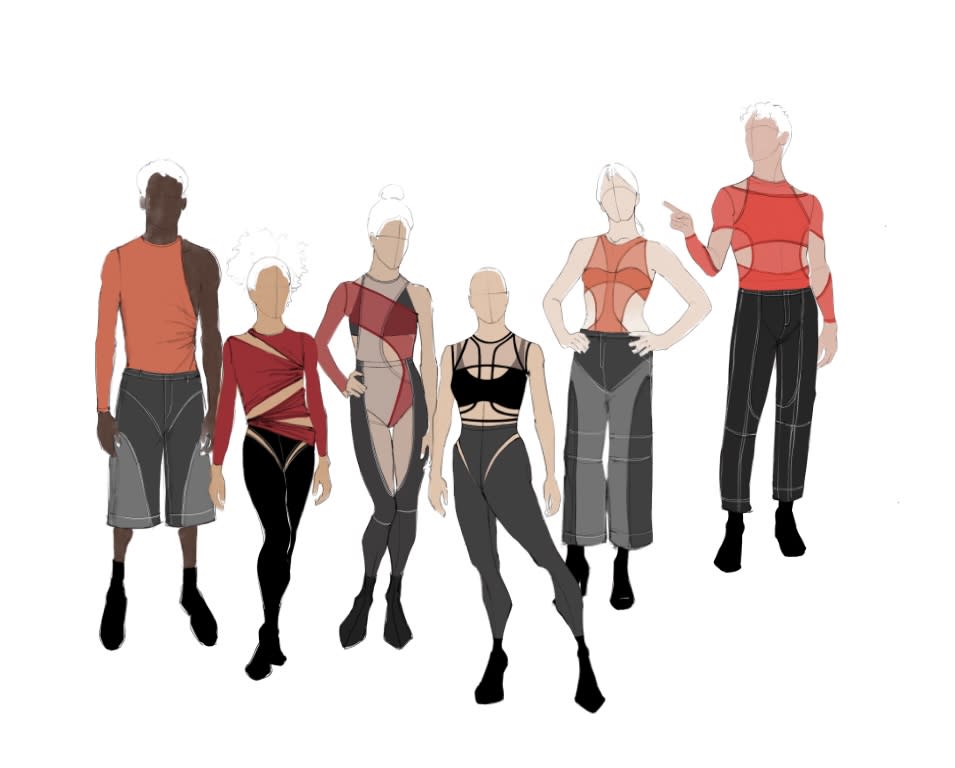
These six costumes appear in “Crunchy Granola Suite,” which finds the performers cycling through the various dance idioms. When it came time to create the costumes, Cilento advised Bartelme and Jung to approach it like they would a rock concert. That made them think about layering a lot of different types of materials, but they wanted to find some unifying touches, which led to the repetition of black, orange and red. They also looked at “what people are wearing now” in order to give the outfits a more modern touch.
“In the original production, it’s people warming up ‘Chorus Line’ style, but we moved away from that look,” says Bartelme.
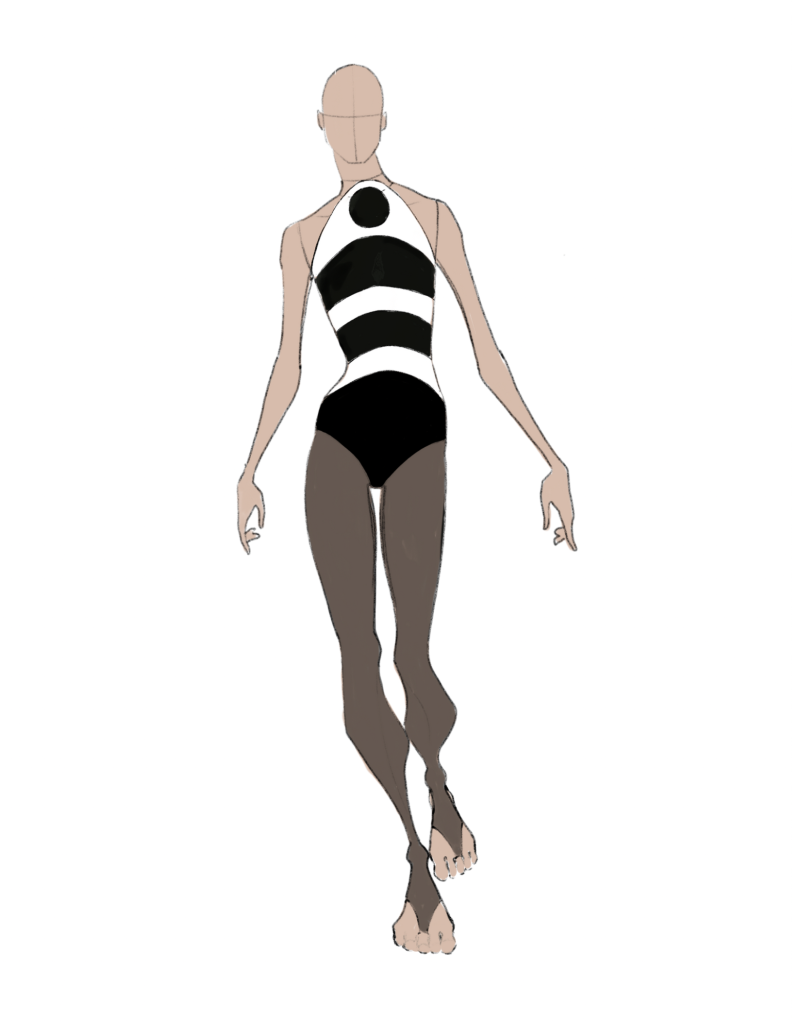
This dramatic, nearly dream-like outfit appears in the percussion section of “Dancin'” and directly references the Mid-Century Modern costumes from various pieces by legendary choreographer Martha Graham. “These parts of the show have an onomatopoeia quality,” says Bartelme. “When we designed this, we were asking ourselves: what do sound waves look like?”
Best of Variety
Tony Predictions: Best Musical -- Four Stand Poised to Give ‘Kimberly Akimbo’ Some Competition
This 'Fast and Furious' Arcade Cabinet Allows You to Step Behind the Wheel as Dom Toretto
Sign up for Variety’s Newsletter. For the latest news, follow us on Facebook, Twitter, and Instagram.

 Yahoo News
Yahoo News 
